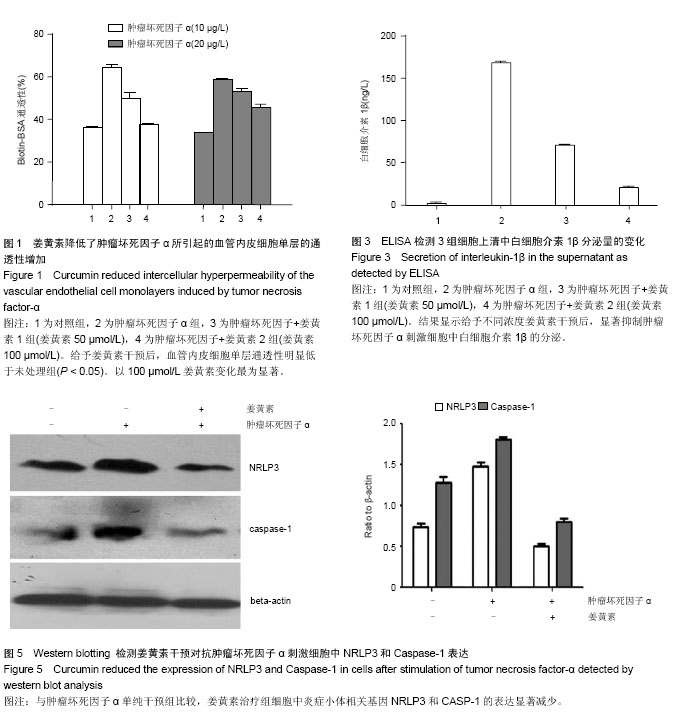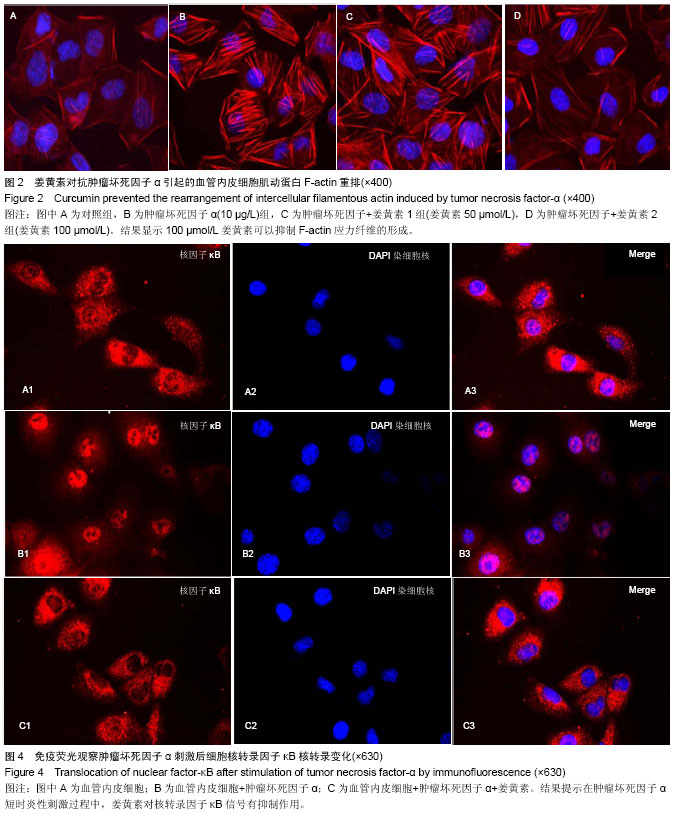| [1] McLaughlin VV, Archer SL, Badesch DB, et al.ACCF/AHA 2009 expert consensus document on pulmonary hypertension: a report of the American College of cardiology foundation task force on expert consensus documents and the American Heart Association: developed in collaboration with the American College of Chest Physicians, American Thoracic Society, Inc., and the Pulmonary Hypertension Association. Circulation.2009;119(16):2250-2294.
[2] Price LC,Wort SJ,Perros F,et al.Inflammation in pulmonary arterial hypertension. Chest ,2012;141(1):210-221.
[3] Schermuly RT, Ghofrani HA, Wilkins MR, et al. Mechanisms of disease: pulmonary arterial hypertension. Nat Rev Cardiol. 2011;8(8):443-455.
[4] Rabinovitch M. Molecular pathogenesis of pulmonary arterial hypertension. J Clin Invest.2008;118(7):2372-2379.
[5] McLaughlin VV, Davis M, Cornwell W. Pulmonary arterial hypertension. Curr Probl Cardiol.2011;36(12):461-517.
[6] Simonneau G, Robbins IM, Beghetti M, et al. Updated clinical classification of pulmonary hypertension. J Am Coll Cardiol. 2009;54(Suppl. 1):S43-54.
[7] Zhou H, Beevers CS, Huang S. The targets of curcumin. Curr Drug Targets. 2011;12(3):332-347.
[8] Aggarwal BB, Sung B. Pharmacological basis for the role of curcumin in chronic diseases: an ageold spice with modern targets. Trends Pharmacol Sci. 2009;30:85-94.
[9] Singh S. From exotic spice to modern drug? Cell.2007;130: 765-768.
[10] Huang MT, Newmark HL, Frenkel K.Inhibitory effects of curcumin on tumorigenesis in mice.J cell Biochem Suppl. 1997;27:26-34.
[11] Motterlini R, Foresti R, Bassi R, et al. Curcumin, an antioxidant and anti-inflammatory agent, induces heme oxygenase-1and protects endothelial cells against oxidative stress. Free Radic Biol Med.2000;28(8):1303-1312.
[12] Bronte E, Coppola G, Di Miceli R,et al.Role of curcumin in idiopathic pulmonary arterial hypertension treatment: a new therapeutic possibility. Med Hypotheses.2013;81(5): 923-926.
[13] 石晓东,尹闻科,张雄,等.姜黄素对SH-SY5Y细胞血红素加氧酶同工酶表达的影响[J].中国药理学通报,2010,26(6): 740-744.
[14] 陈丽,刘晓城.姜黄素对高糖刺激下大鼠肾脏系膜细胞血红素氧合酶-1表达的影响[J].华中科技大学学报:医学版,2008,37(2): 178-180.
[15] Essler M, Retzer M, Bauer M, et al.Mildly oxidized low density lipoprotein induces contraction of human endothelial cells through activation of Rho/Rho kinase and inhibition of myosin light chain phosphatase.J Biol Chem.1999; 274(43): 30361-30364.
[16] Wojciak-Stothard B, Potempa S, Eichholtz T, et al. Rho and Rac but not Cdc42 regulate endothelial cell permeability. J Cell Sci.2001;114(7):1343-1355.
[17] Murakami M, Simons M. Regulation of vascular integrity.J Mol Med.2009; 87(6):571-582.
[18] Bazzoni G. Endothelial tight junctions: permeable barriers of the vessel wall.Thromb Haemost.2006;95(1):36-42.
[19] Williams MR, Kataoka N, Sakurai Y, et al.Gene expression of endothelial cells due to interleukin-1 beta stimulation and neutrophil transmigration.Endothelium.2008 ;15(1):73-165.
[20] Tracey KJ, Cerami A.Tumor necrosis factor: a pleiotropic cytokine and therapeutic target.Annu Rev Med.1994;45: 491-503.
[21] Lévy M, Maurey C, Celermajer DS, et al.Impaired apoptosis of pulmonary endothelial cells is associated with intimal proliferation and irreversibility of pulmonary hypertension in congenital heart disease.Am Coll Cardiol. 2007;49(7): 803-810.
[22] Simonneau G, Gatzoulis MA, Adatia I, et al. Updated clinical classification of pulmonary ypertension. J Am Coll Cardiol. 2013;62(25 Suppl):D34-41.
[23] Ortiz A, Lorz C, Catalán MP, et al.Expression of apoptosis regulatory proteins in tubular epithelium stressed in culture or following acute renal failure. Kidney Int.2000;57(3): 969-981.
[24] Mathew SJ, Haubert D, Krönke M, et al. Looking beyond death: a morphogenetic role for the TNF signalling pathway. J Cell Sci.2009;122(Pt 12): 1939-1946.
[25] Benza RL, Miller DP, Gomberg-Maitland M, et al.Predicting survival in pulmonary arterial hypertension: insights from the Registry to Evaluate Early and Long-Term Pulmonary Arterial Hypertension Disease Management (REVEAL). Circulation. 2010;122(2):164-172
[26] Humbert M, Sitbon O, Chaouat A, et al. Survival in patients with idiopathic, familial, and anorexigen-associated pulmonary arterial hypertension in the modern management era.Circulation.2010;122(2):156-163.
[27] Aggarwal BB, Gupta SC, Sung B. Curcumin: an orally bioavailable blocker of TNF and other pro-inflammatory biomarkers .Br J Pharmacol.2013;169(8):1672-1692.
[28] Epstein J, Sanderson IR, Macdonald TT. Curcumin as a therapeutic agent: the evidence from in vitro, animal and human studies. Br J Nutr.2010;103(11):1545-1557.
[29] McGuire TR, Kazakoff PW, Hoie EB ,et al. Antiproliferative activity of shark cartilage with and without tumor necrosis factor-alpha in human umbilical vein endothelium. Pharmacotherapy.1996;16(2): 237-244.
[30] Zhang H, Park Y, Wu J, et al. Role of TNF-alpha in vascular dysfunction. Clin Sci (Lond).2009;116(3): 219-230. |

